I inherited a sword that was brought back from WW2 by my wife’s grandfather. |
|||
 |
Nihonto ClubJapanese Sword Information Exchange |
User login |
|
|
Disclaimer: Nihontō Club owners and independent contributors will not be held responsible for any loss, damage or inconvenience caused as a result of any inaccuracy or error within this website. Except where otherwise noted, this page is licensed under a Creative Commons License.
|




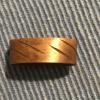

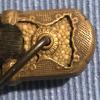

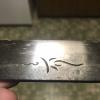
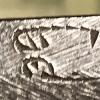
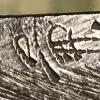

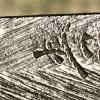
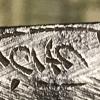
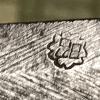
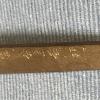

First symbol may be Kawachi province?
The first symbol looks like it might be a reference to Kawachi province.
Confused
Just discovered that the same symbol in Chinese means Hanoi. My father-in-law was in Vietnam War. Could this be a Vietnamese sword? Did the Vietnamese make swords like this? I’m confused
Shōwa Kawachi Yoshida Kanekado with Horimono
from Markus book:
KANEKADO (兼門), Shōwa (昭和, 1926-1989), Gifu – “Kanekado” (兼門), real name Yoshida Tokuichi (吉田徳一), born March 29th 1906, he worked as a guntō smith and died September 6th 1969, student of Kurihara Kaneaki (栗原兼明), ryōkō no jōi (Akihide), Fifth Seat at the 6th Shinsaku Nihontō Denrankai (新作日本刀展覧会, 1941)
This is what my research has yielded so far.
So I have an army Showato Gunto sword made in Kawachi province near Osaka by Smith Yoshida ‘Kanekado’ (Tokuichi) who was a student of Kurihara Kaneaki. The blade has Horimono dragron chasing flaming jewel on one side and unknown symbol on other side. Horimono on this type of blade is rare possibly indicating it was made for an important officer. The Tsuba does not have a locking mechanism.
Does that sound correct so far?